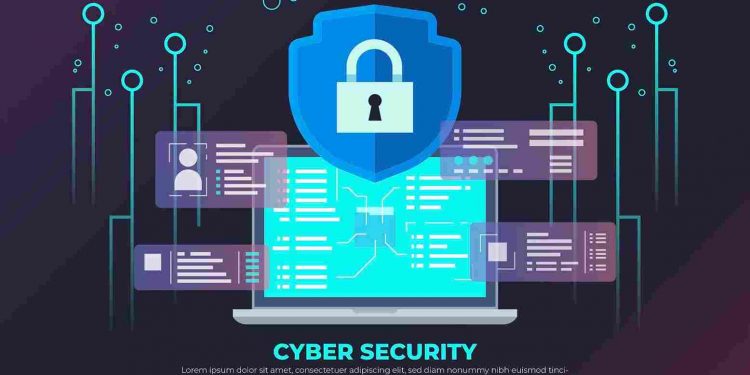When you are unclear about the best approach to take in the requirements documentation process, starting the process of developing custom software can be stressful. It’s normal to have many questions racing through your mind at the same time. Where do I even start? What degree of detail is expected of me? How can I communicate my message to others?
You are doing the right thing by giving careful thought to accurately articulating your needs since this is one of the most important components of the development process and helps a successful project get off to a good start. The majority of our clients are company owners who have creative ideas about how to optimize internal procedures or offer new services to their customers via a mobile app or software program. Those clients, who constitute the majority of our clientele, are often not technically adept.
As recommended by JFrog, we will present an overview of the best practices for documenting the software requirements for your upcoming project.
Determine the Stakeholders
Before starting to gather software requirements, it is necessary to understand who the stakeholders of the software project are, as well as their duties and expectations for the project. Everyone who has a direct or indirect impact on the software system, such as end users, customers, sponsors, developers, and testers, is considered a stakeholder. You may identify the stakeholders in a variety of ways, such as by brainstorming, interviewing, or doing a study of the company’s objectives.
Define the Purpose of Your Software
In actuality, this section acts as a summary of the program’s requirements. It allows you to sketch out exactly what you want your product to be able to accomplish and how you want it to perform its tasks. As a result, in this area, you should provide a detailed description of the customers for whom the product was built, how they will engage with the product, and the value that the product will provide.
Write from the User’s Perspective in Their Language
The requirements for software should be expressed in simple language that reflects the user’s vocabulary and point of view. They should be exact while still being simple to understand, with as little industrial or technical jargon as feasible. Pay great attention to the work of crafting the requirements so that they may be properly understood by all parties concerned without the need for any additional documentation.
One of the most successful ways to achieve this aim is to write requirements in the form of user stories, in which the user, not the system, is at the core of the need.
Maintain Flexibility
You are responsible for ensuring that any changes to your software requirements documentation are made immediately, whenever required. As a result, you shouldn’t provide an excessive quantity of supplemental content if it isn’t necessary at this time in your product development life cycle. Furthermore, keeping a change log to document all of the alterations made is a decision you will come to appreciate at some point.
Prioritize Your Requirements
Describe the requirements in terms of how important they are to your business. When it comes to functional needs, we support labeling each feature as “must have,” “should have,” or “can have.” Your minimum viable product (MVP) will be made up of must-have features and will be your primary focus. Should-have features are necessary, but only after your MVP has been published. The remaining features, known as “can-haves,” are those that you have the option of adding to the project’s backlog and building later if the necessity arises.
Receive Approval
Now is the time for stakeholders to thoroughly review the report on software requirements and, if required, make any necessary comments or adjustments. Give them the revised document to read again, and if everything seems to be in order in their opinion, they will agree with the plan and adopt it as a course of action. After that, you are ready to go on to the development of applications or websites.
Final Words
Development teams receive considerable help in creating an efficient product when they are given precise, concise, and actionable criteria. If you want the project to proceed as smoothly as possible, focus on maintaining great coordination across all of the key parties involved.
If all of the requirements are not specified, your project may end up being a massive waste of money, effort, and time. By following the previous guidelines, you will ensure efficient documentation of your software requirements.
Follow Techdee for more!




